Building Science
From developing novel greywater recovery systems to making Toronto “solar-ready,” our master of applied science (MASc) students explore the principles necessary to deliver sustainable buildings and to prepare for their future careers.
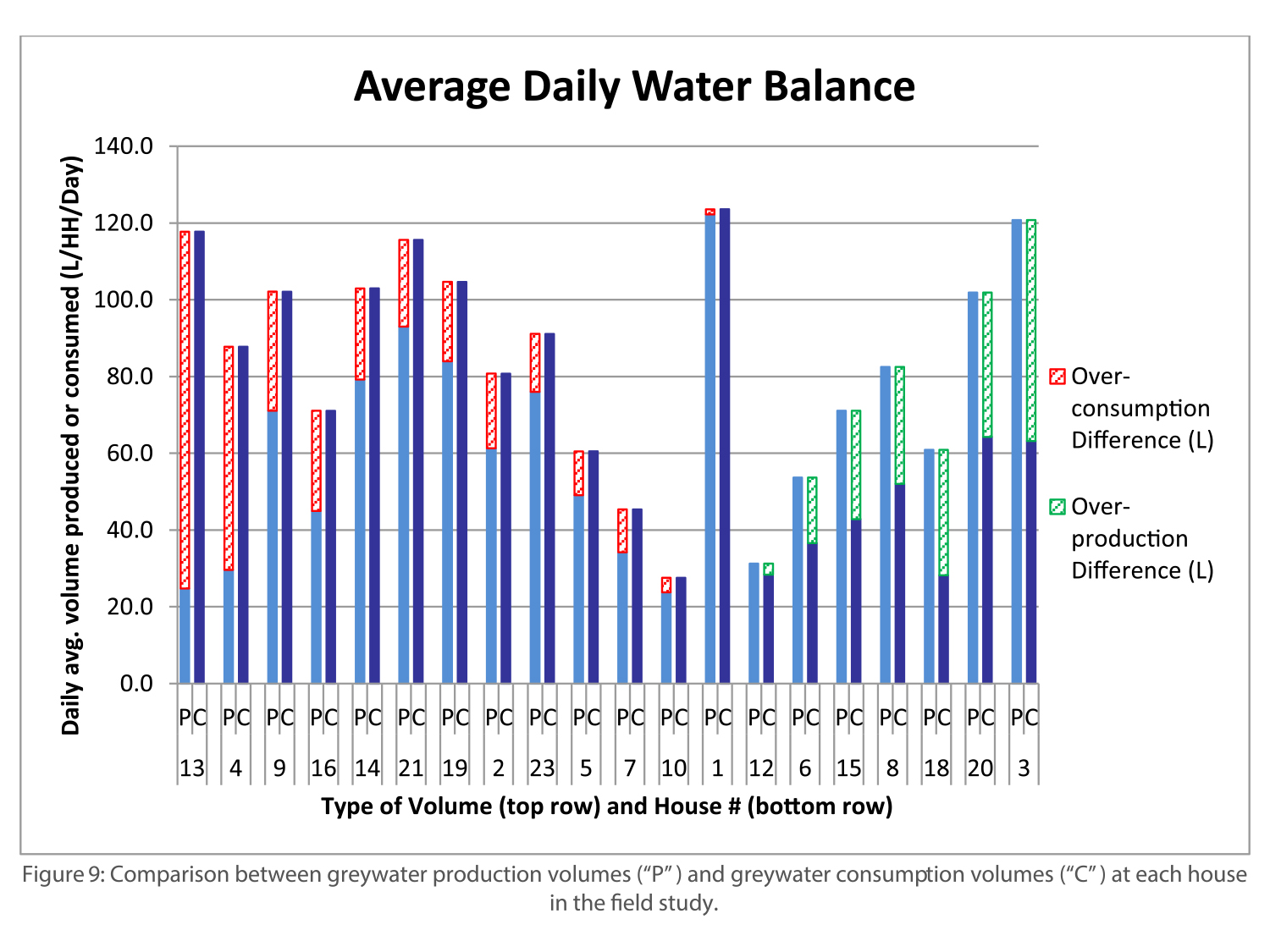
Developing a Standard Methodology for Testing Field Performance of Residential Greywater Reuse Systems
By: Madeleine Craig
Supervisor: Dr. Russell Richman
Craig's thesis had her partner with an Ontario company wishing to commercialize a novel residential grey water recovery system. She conducted field testing throughout 23 homes in southern Ontario to analyze quantitative and qualitative performance, which led to design advancement of the proposed system.
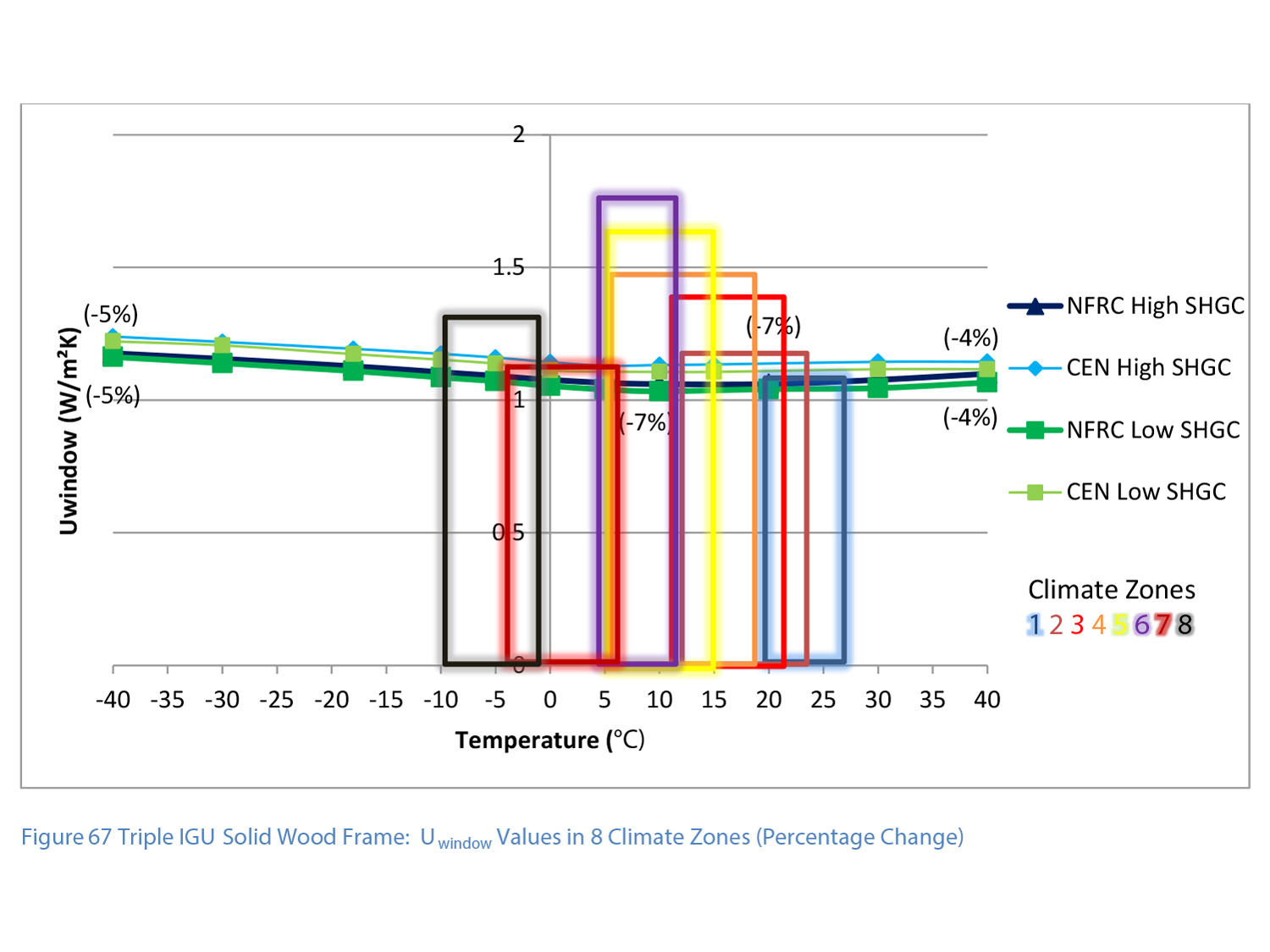
A Comparison of the NFRC and CEN Thermal Transmittance Calculation Methods in North America’s Eight Climate Zones
By: Peta-Gaye Ebanks
Supervisor: Dr. Russell Richman
Ebanks’s thesis tackled comparing the North American and European window performance simulation standards that historically produce different performance values for the same window. Her work resulted in several recommendations towards harmonizing the two standards so that confusion in the marketplace can be eliminated.
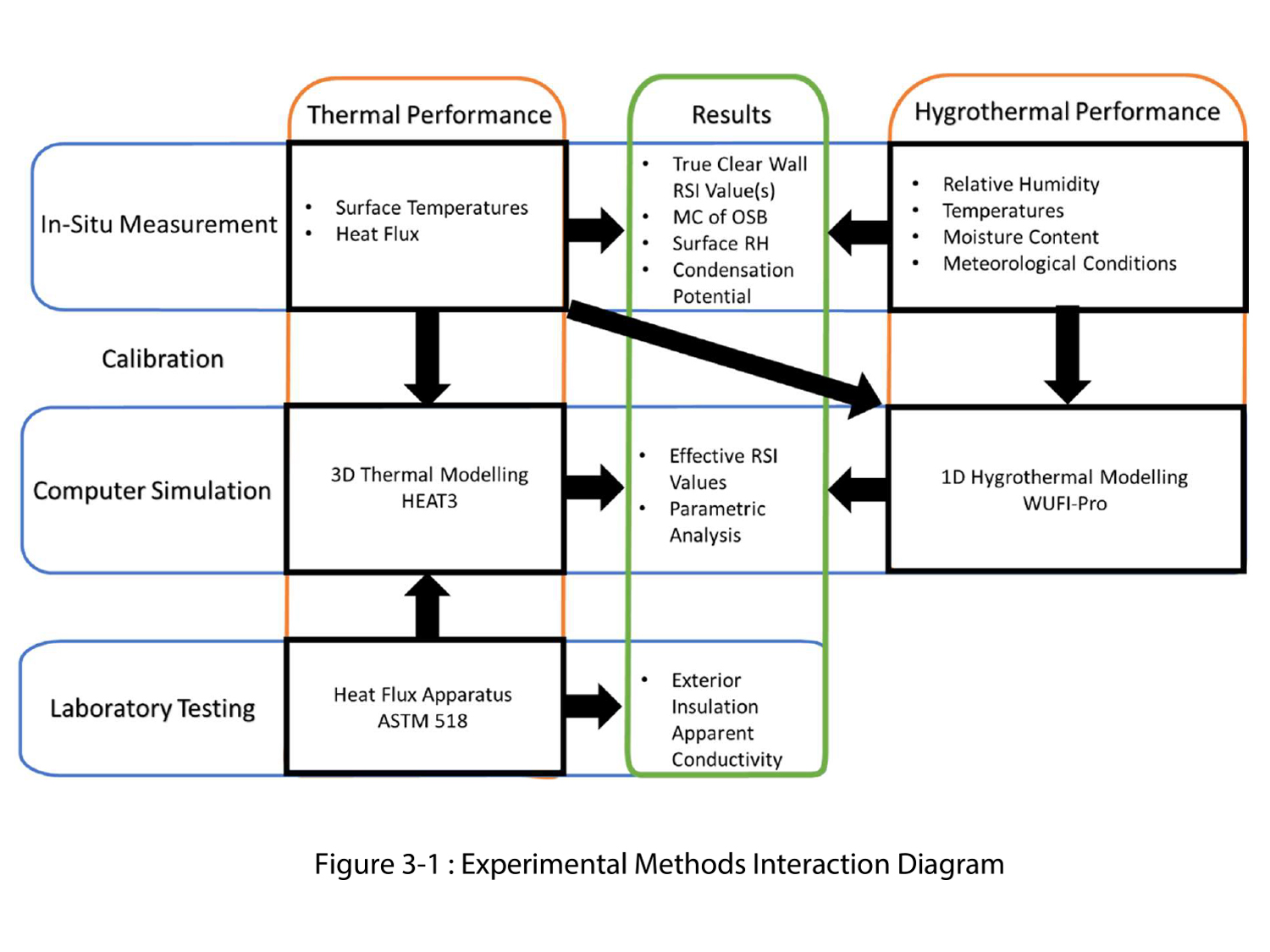
An In-Situ Hygrothermal Investigation of an Externally Highly Insulated Enclosure in a Cold Climate with Simulated Extension to Climate Specific Performance
By: Mark Flynn
Supervisor: Dr. Russell Richman
Flynn's thesis had him partner with a local architecture firm, Sustainable.TO, to conduct field testing and computer simulation of the hygrothermal performance for a novel super-insulated wall assembly under development by the company. His field test hut was constructed and installed at Evergreen Brickworks and collected over a year's worth of data. Flynn's research findings validated the proposed assembly for various climates across Canada.
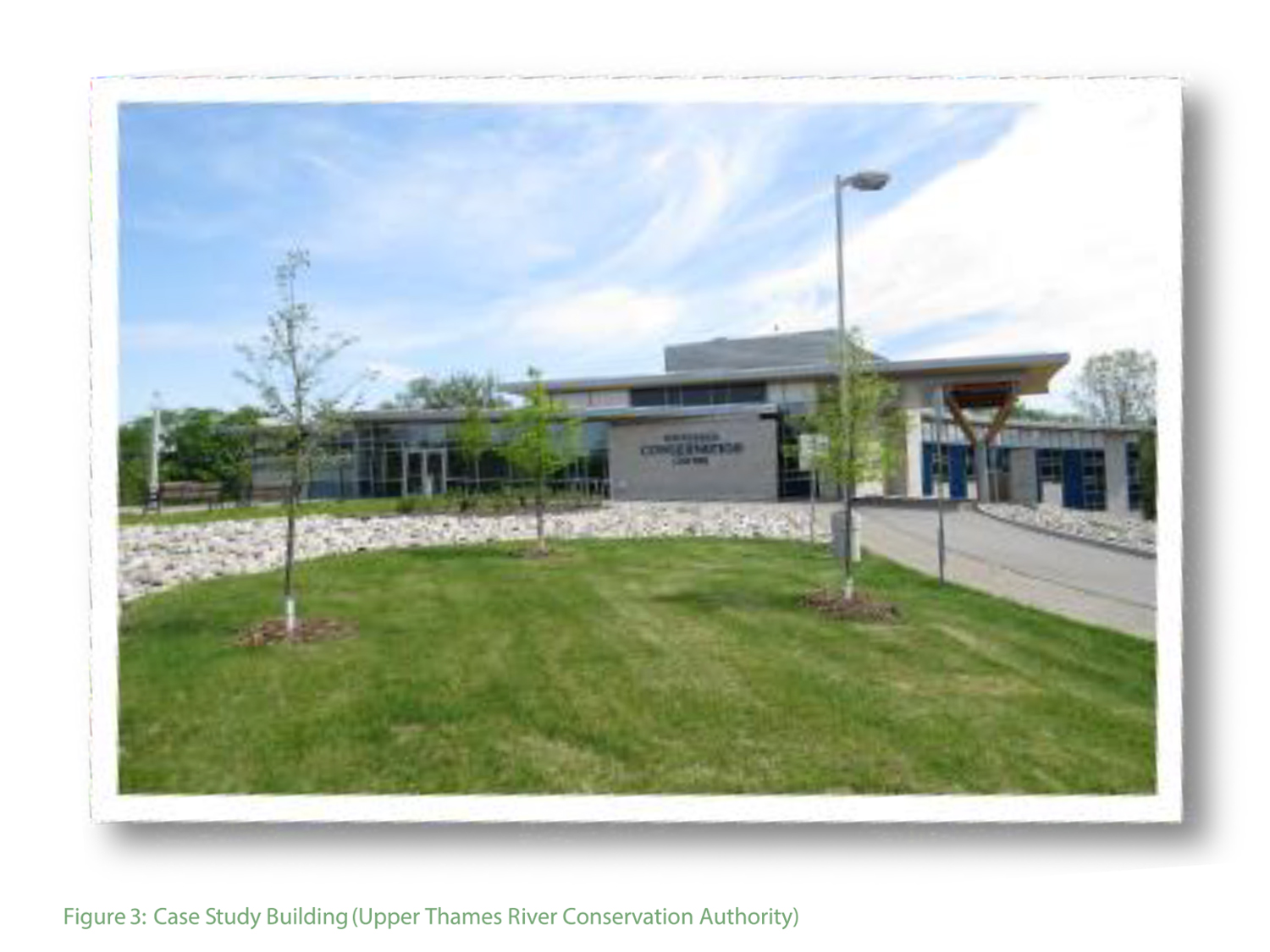
Modelling Challenges of a Heat Recovery VRF System in a Cold Climate Using a Sustainable Office Case Study Building
By: Cassandra Kani-Sanchez
Supervisor: Dr. Russell Richman
Kani-Sanchez’s thesis had her partner with Mitsubishi Electric Systems Canada to evaluate the performance of a leading-edge heating and cooling system (VRF with heat recovery) installed at a high-profile low-energy building in southwestern Ontario. She completed extensive field measurements to calibrate a highly complex whole-building energy model used to predict performance of the VRF in various Canadian climates and various building configurations.
Read Cassandra Kani-Sanchez’s thesis (opens in new window) .
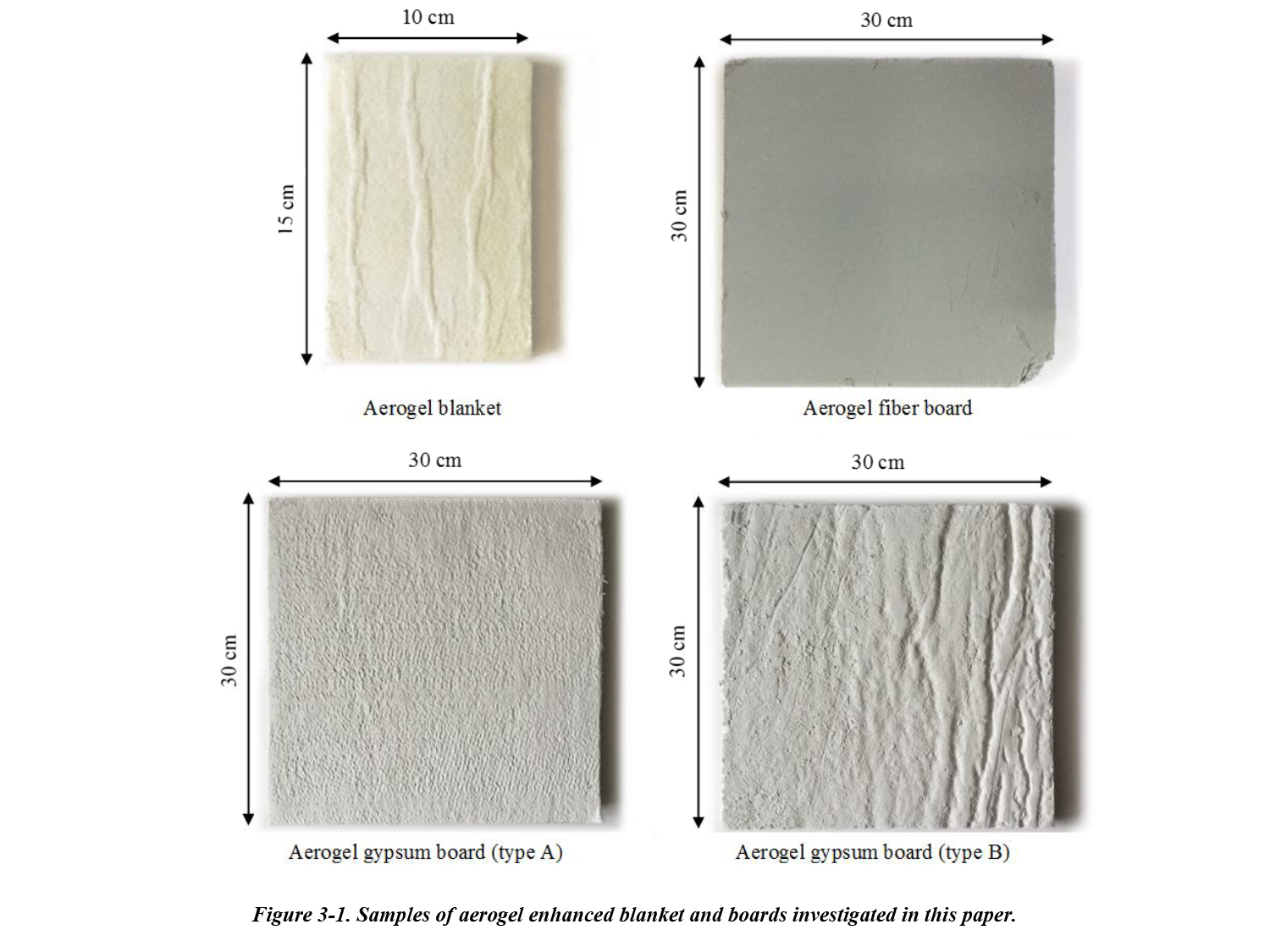
Hygrothermal Analysis and Prediction of Long-Term Thermal Performance of Aerogel-Enhanced Superinsulation Products
By: Hamideh (Roya) Nosrati
Supervisor: Dr. Umberto Berardi
Nosrati’s thesis tackled experimentally analyzing the performance of aero-gel enhanced insulating materials under various climatic conditions and accelerated ageing processes. Her work shed light on the moisture-dependent thermal conductivity and their stability under weathered conditions.
Read Hamideh (Roya) Nosrati’s thesis (opens in new window) .
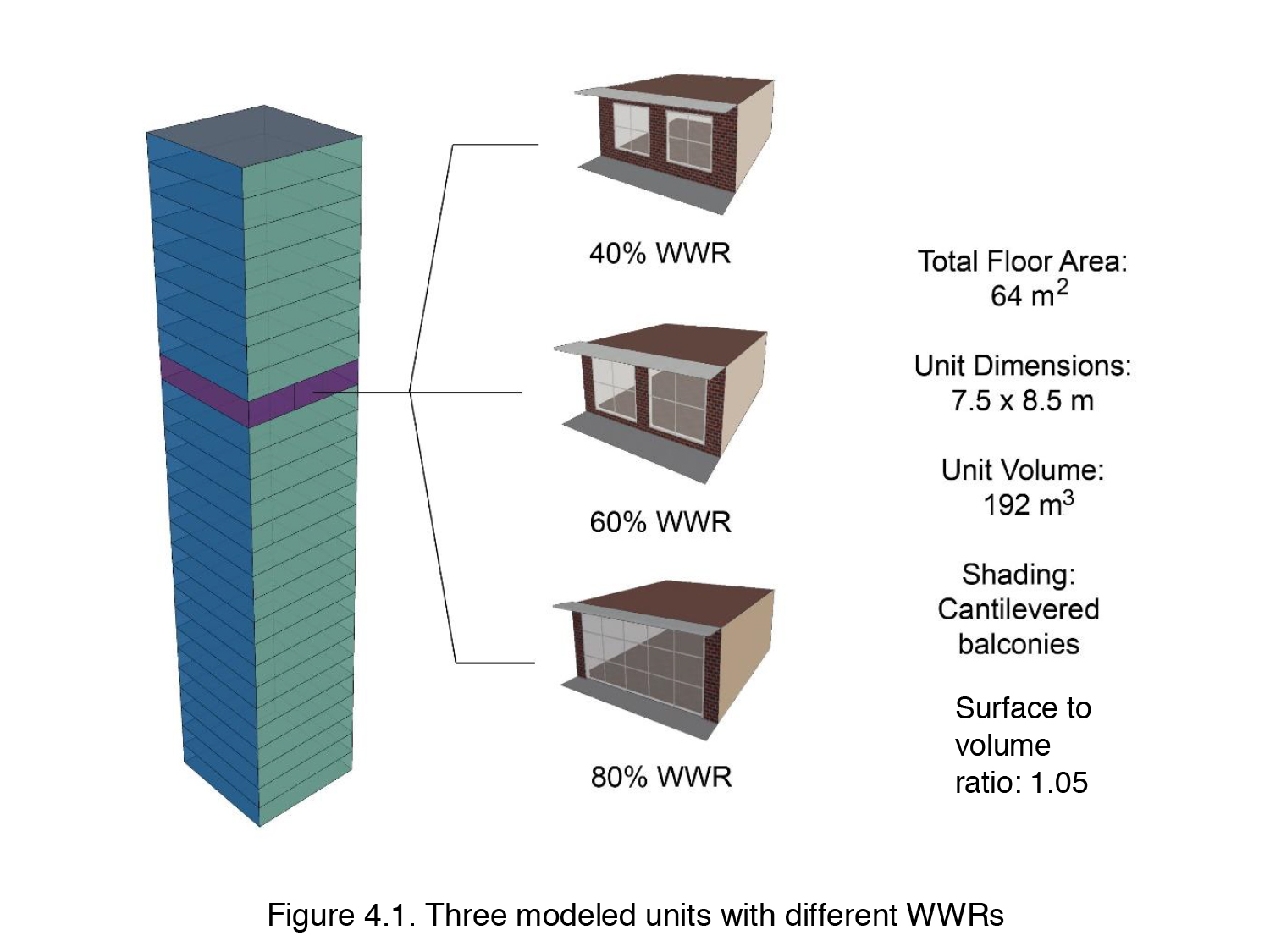
The Potential of Thermal Energy Storage as an Energy Retrofit Measure for High-Rise Residential Buildings in Canada
By: Shahrzad Soudian
Supervisor: Dr. Umberto Berardi
Soudian’s thesis evaluated the effectiveness of latent thermal energy storage using phase change materials (PCMs) integrated into walls and ceilings of multi-unit residential building (MURBs) apartment units. Her results showed this application to be promising in Toronto's climate.
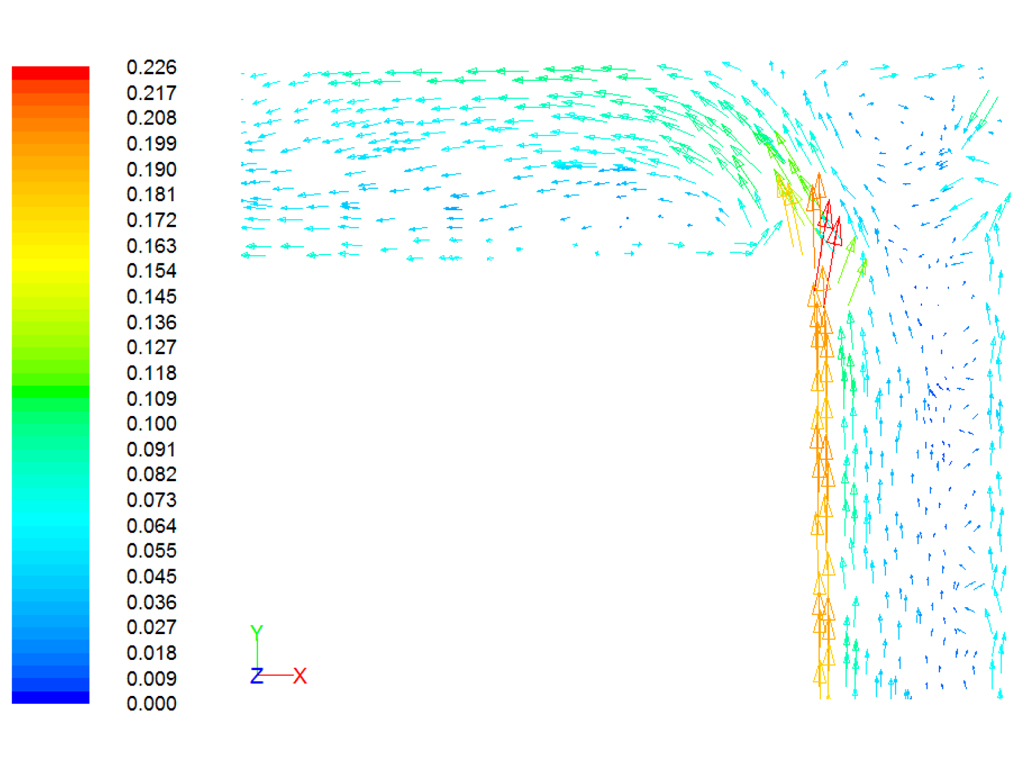
Simulation of a Convective Loop for the NTEDTM Low Energy House
By: Ian Stahlbrand
Supervisor: Dr. Russell Richman
Stahlbrand’s thesis simulated the convective qualities of a perimeter buffer zone for a novel housing approach, the Gemini Nested Thermal EnvelopeTM (NTED TM). His work developed an advanced convection model to simulation the convective effects of a buffer to be construction as part of a field case study at 31 Sussex Drive in Toronto (Canada).
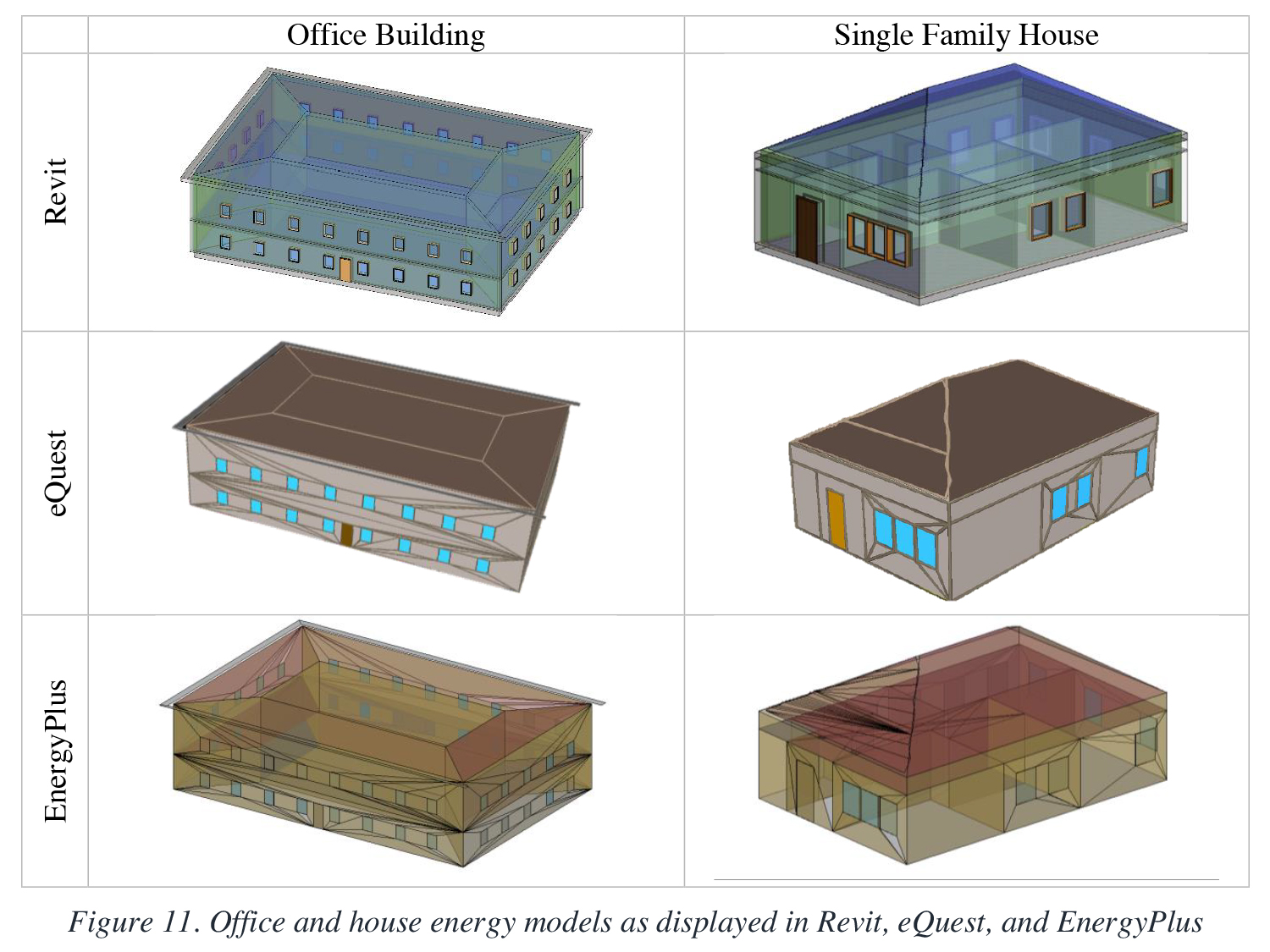
Investigating Building Information Model to Building Energy Model Data Transfer Integrity and Simulation Results
By: Xi (Stacy) Sun
Supervisor: Prof. Jenn McArthur
Sun’s thesis focused on addressing the barriers to seamlessly transfer characteristics from a Building Information Model (BIM) in order to generate an accurate, working Building Energy Model (BEM). Her work focused on understanding and addressing data transfer quality between BIM and BEM and BEM result reliability.
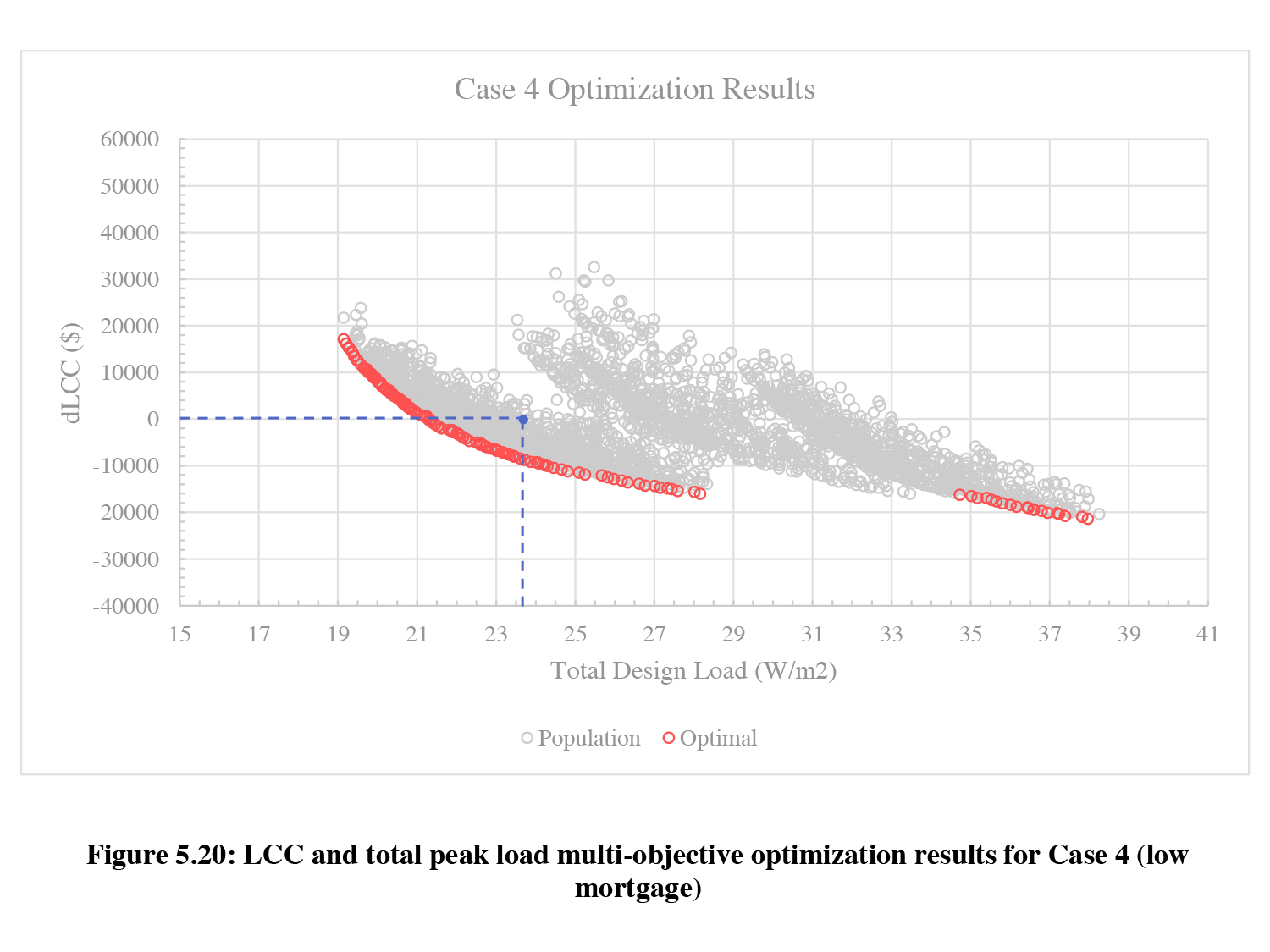
A Multi-Objective Optimization Analysis of Passive Energy Conservation Measures in a Toronto House
By: Matthew Tokarik
Supervisor: Dr. Russell Richman
Tokarik’s thesis analyzed the optimized retrofit strategy of Renovation2050 (Toronto, Canada) to reach the Passive House Standard. He used jEPLUS as the optimization environment to show the optimal retrofit strategy occurred before the current Passive House Strategy at the time.
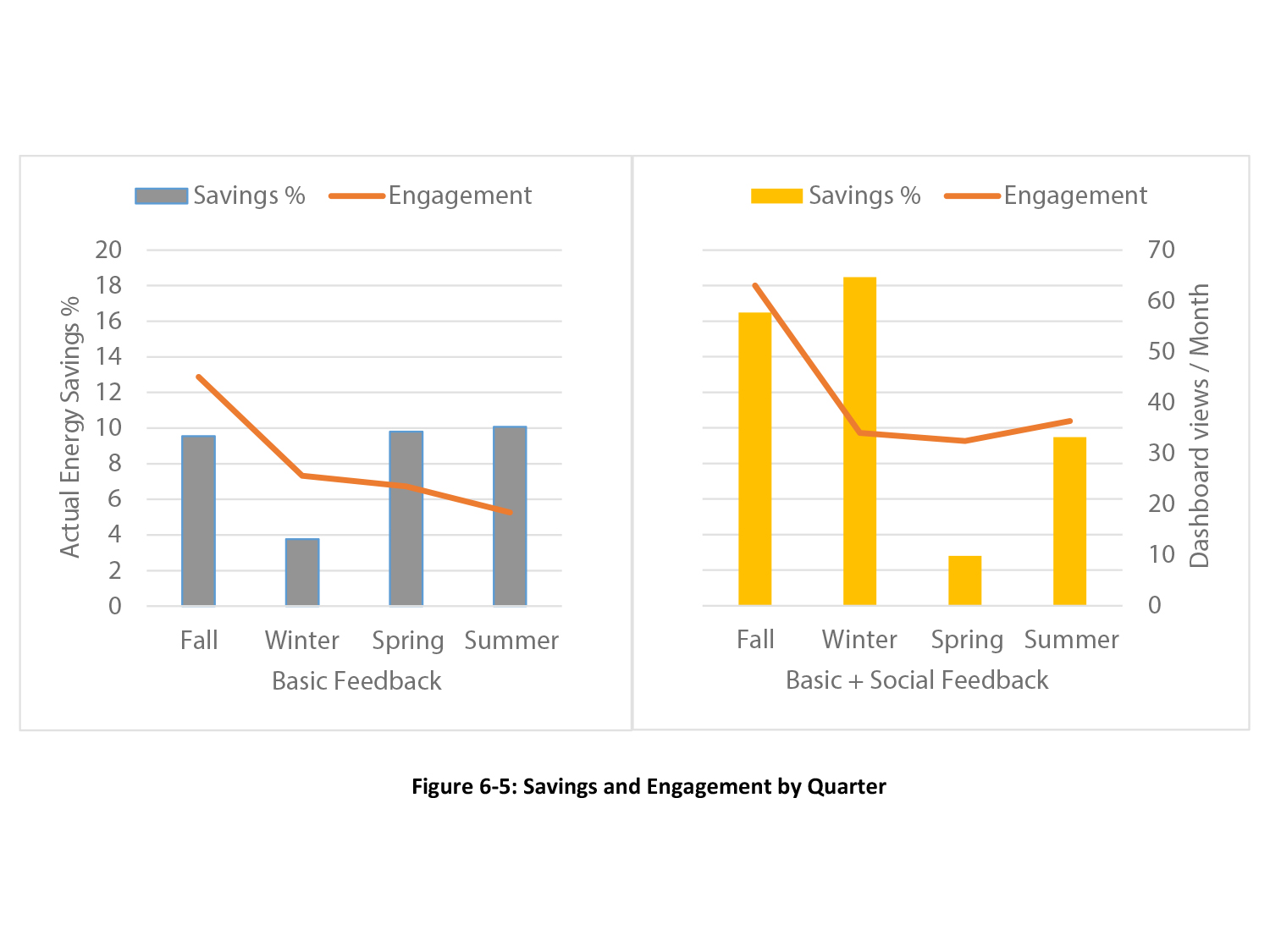
Development and Demonstration of an Energy Feedback Research Platform in a Field Study with Real-Time Social Comparisons
By: Kevin Trinh
Supervisor: Prof. Vera Straka
For his thesis, Trinh designed, constructed and validated an equipment package to provide direct feedback to occupants in order to optimize the energy usage in living units based on thermal comfort and other aspects. His system showed an 11% savings over a year period in his field study.
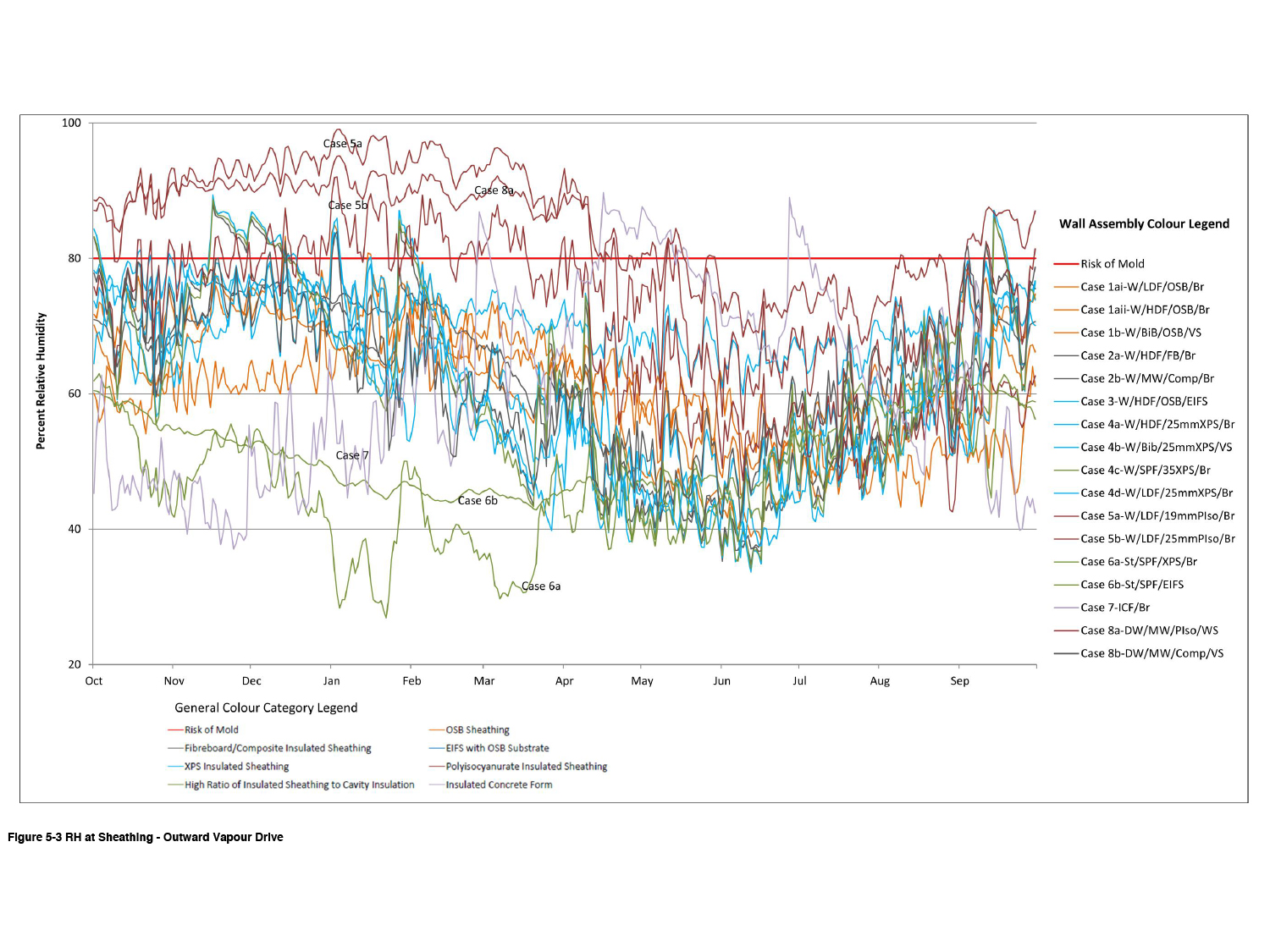
Multi-Criteria Assessment of New Residential Building Envelope Typologies, That Meet 2012 Ontario Building Code Requirements
By: Rick Roos
Supervisor: Dr. Mark Gorgolewski
Roos’s thesis analyzed the necessary changes from traditional construction practices to 'advanced' envelopes in order to reach the 2012 Ontario Building Code performance metrics. His work focused on the hygrothermal effect and constructability challenges associated with the necessary changes from status quo to the new systems required to reach code.
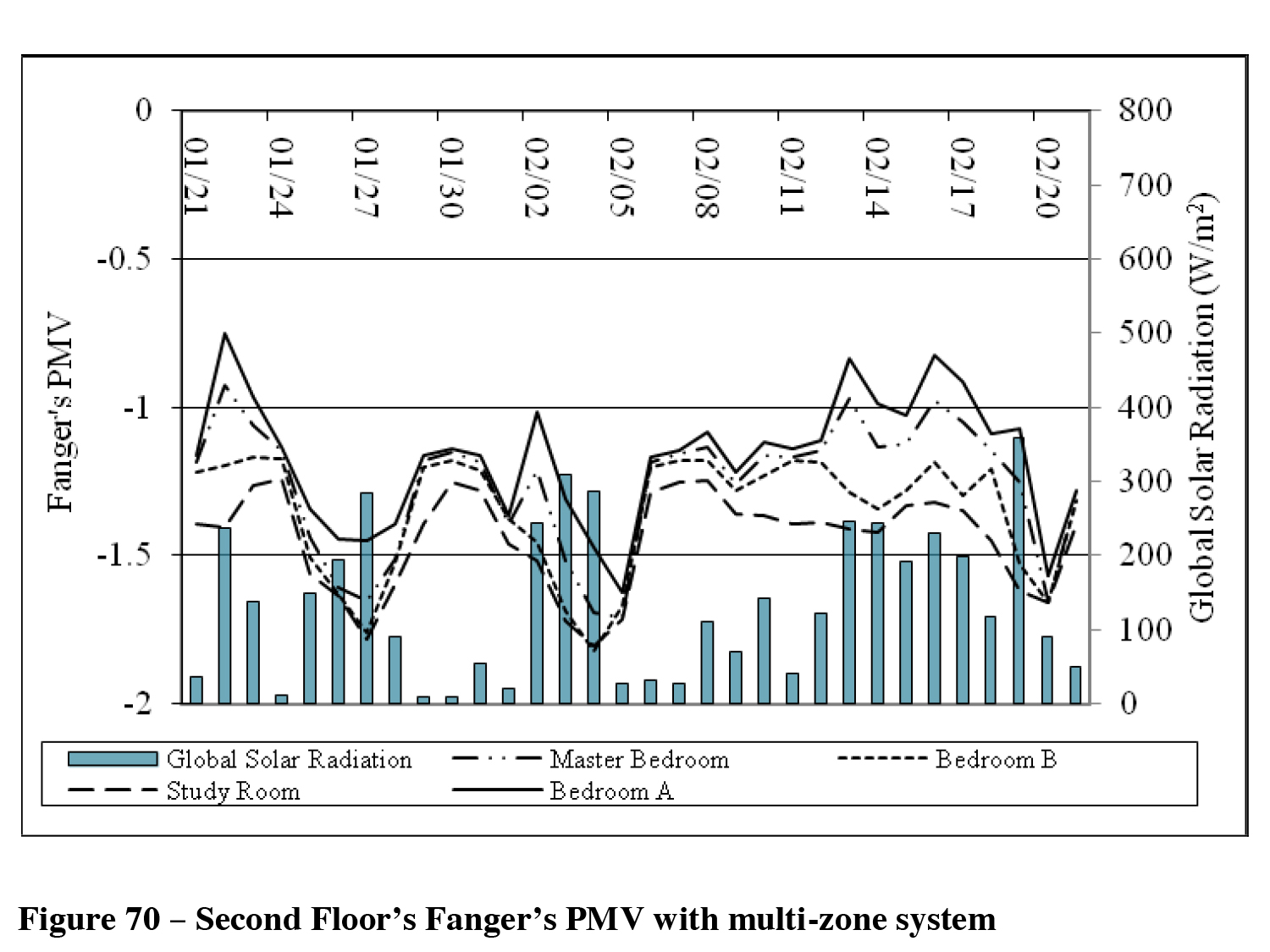
The Role of Thermal Simulation in Various Phases of Buildings’ Life-Cycles in Improving Building Performances
By: Ka Long Ringo Ng
Supervisor: Dr. Zaiyi Liao
Ng’s thesis investigated the role of thermal simulation programs in various phases of building projects life cycles, and evaluated potential benefits these programs can bring. His work showed thermal simulations can act as a feedback tool where performances of different strategies can be evaluated, which in turn allows energy conserving strategies to be recognized.
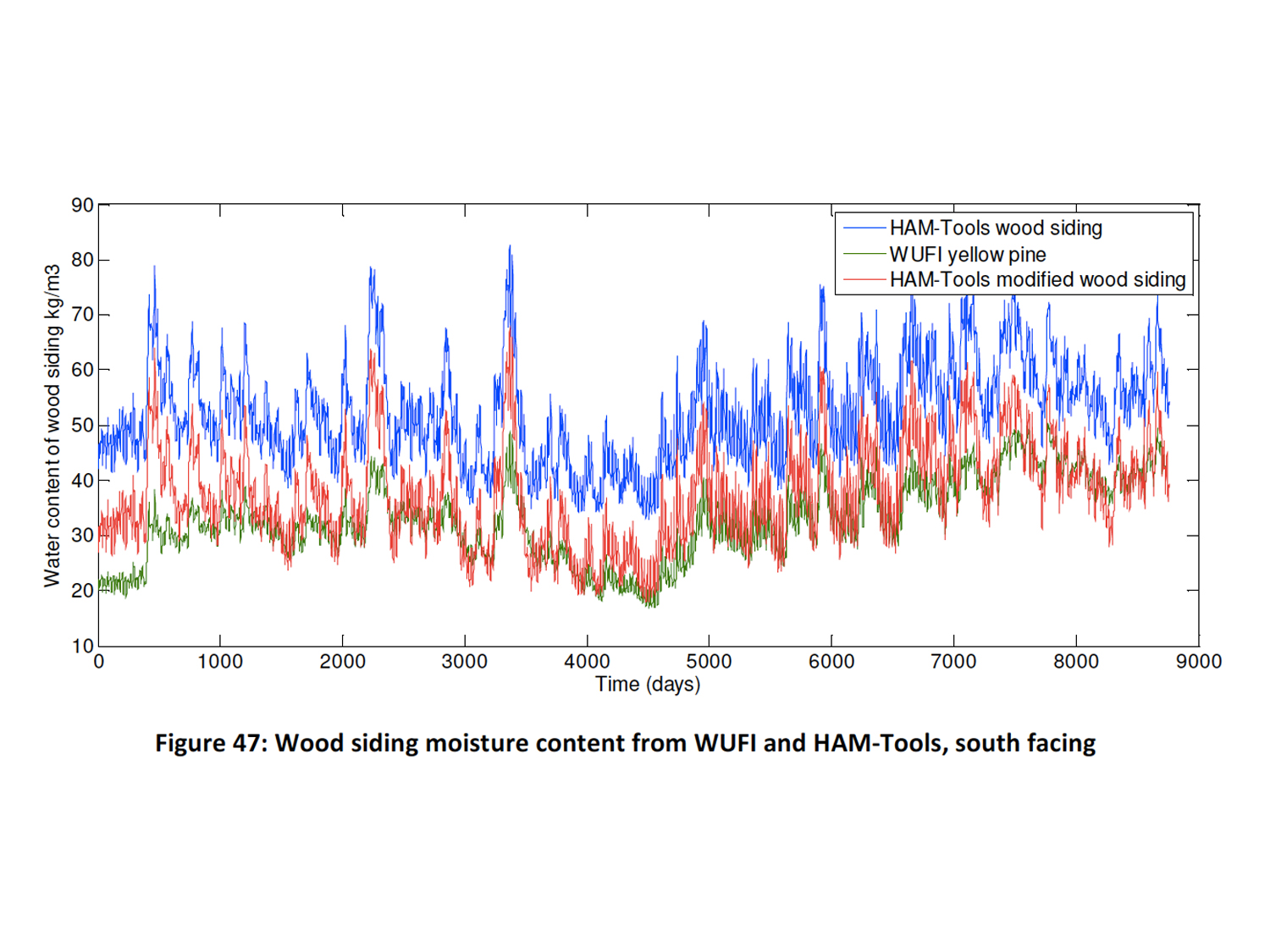
The Effects of Microclimate and Time Resolution of Meteorological Data on Hygrothermal Analysis of Wood Frame Building Facades
By: Wai Ki Rick Wu
Supervisor: Dr. Miljana Horvat
Wu’s thesis studied the effects of microclimate variation on the hygrothermal analysis of building envelope assemblies. His work showed the variation between local microclimates versus local airport weather and the impact on hygrothermal performance of building envelope assemblies.
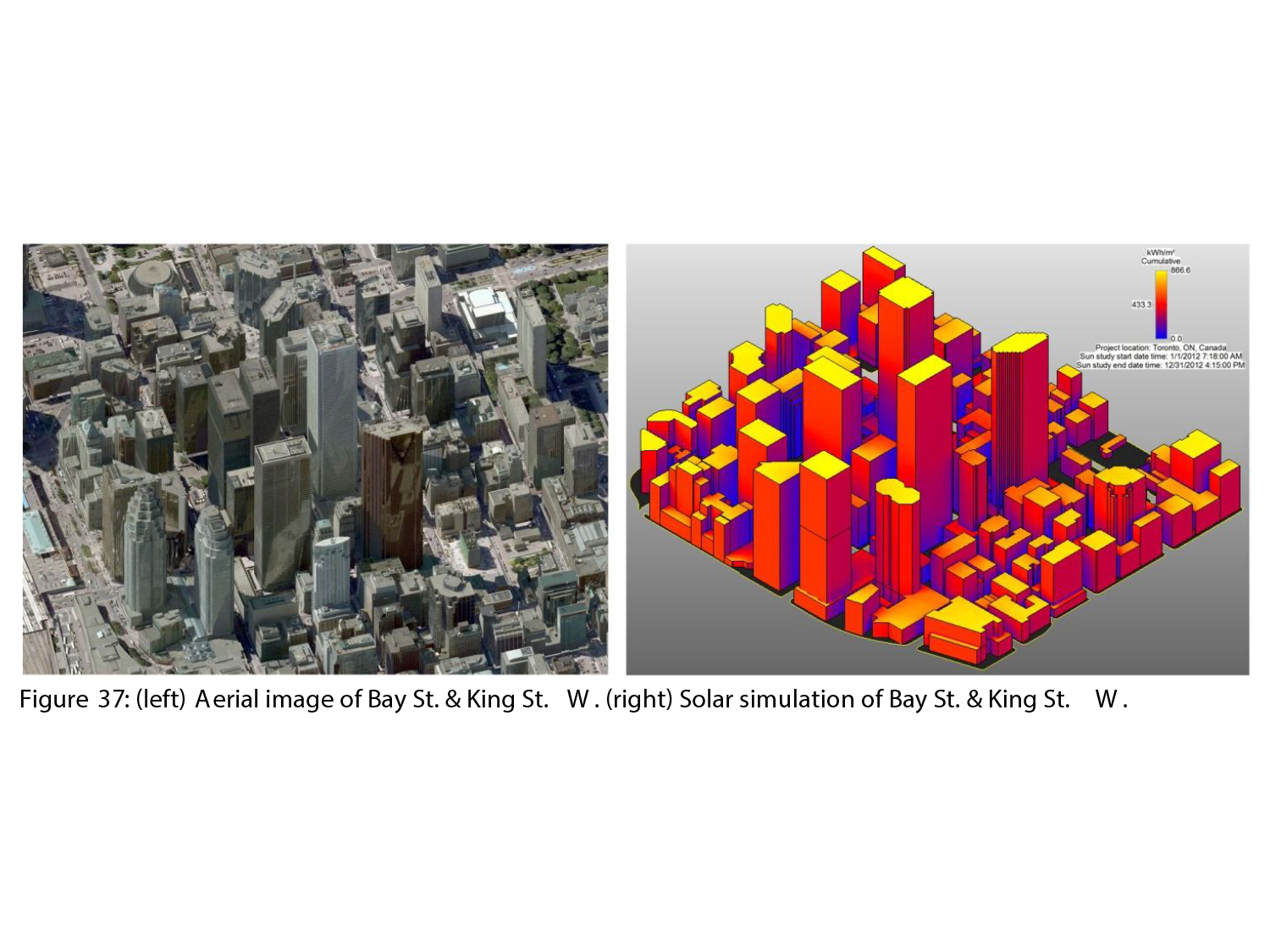
Making Toronto Solar Ready: Proposing Building Formations for the Integration of Solar Strategies
By: Andrew Colucci
Supervisor: Dr. Miljana Horvat
Colucci's thesis focused on how to make our cities “solar ready,” i.e. suitable for successful integration of active and passive solar strategies in buildings. He used Toronto as the case study city to highlight his research findings.